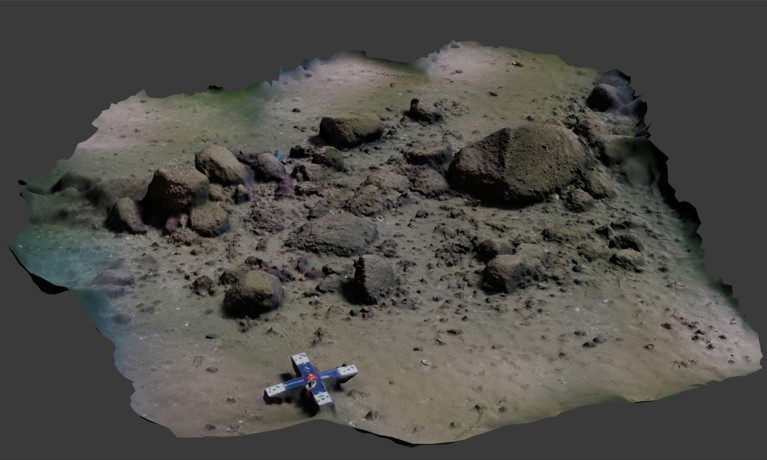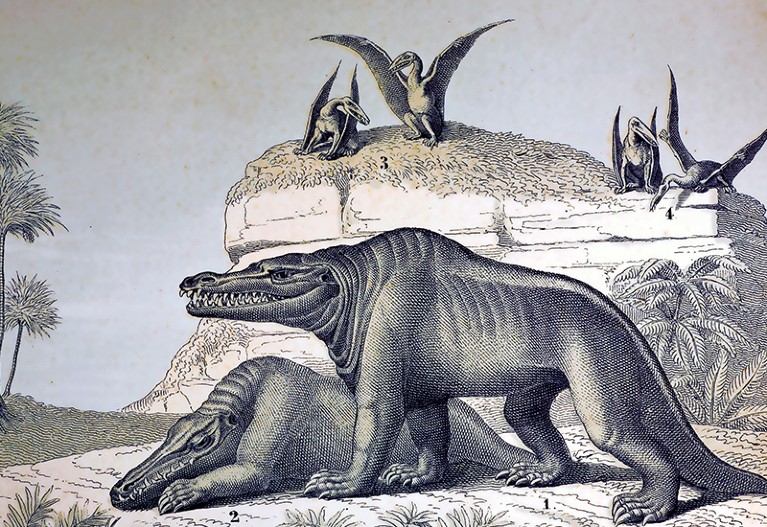Hello Nature readers, would you like to get this Briefing in your inbox free every day? Sign up here.

Boulders form part of a submerged Stone Age megastructure off the German coast.Credit: Philipp Hoy
A string of boulders almost a kilometre long, now covered by the Baltic Sea, could be Europe’s oldest human-made megastructure. Researchers say the “pristine” discovery was probably used for hunting the Eurasian reindeer more than 10,000 years ago. Before it was submerged by rising sea levels about 8,500 years ago, hunters might have used the wall to force prey into a bottleneck or a nearby lake.
Reference: PNAS paper
Features & opinion
Fed up with a lack of political progress in solving the climate problem, some researchers are turning to activism and civil disobedience. Despite facing legal and professional consequences, there is a growing consensus among researchers that an urgent response is warranted. A survey conducted last year of 9,220 researchers around the world, from a range of scientific and academic disciplines, found that more than 90% agree that “fundamental changes to social, political, and economic systems” are needed. “I think it’s worth it,” says atmospheric scientist Noah Liguori-Bills. “The whole world’s at stake.”
Within years, artificial intelligence (AI) systems could need as much energy as entire countries. A first-of-its-kind US bill would create a framework for reporting the technology’s environmental costs on a voluntary basis — but given the urgency of the situation that’s not enough, says AI scholar Kate Crawford. Incentives for creating energy-efficient systems and using renewable energy are needed, she says, supported by regular environmental audits.
Researchers are working towards bionic prostheses that emulate the function of natural limbs. Bionics researcher Hugh Herr (himself a double amputee) and his colleagues discuss how to create a ‘digital nervous system’ that allows people who wear prostheses to feel with their synthetic limbs and control them by thought alone. Restoring subconscious body representation, and a sense of well-being and identity, is as important as returning a lost limb’s physical functionality, the group argues.
Nature Reviews Bioengineering | 60 min read
In 2022, nearly 200 countries agreed to halt the decline in global biodiversity. But pledges haven’t been translated into cash — the US$219 million promised to a major new funding pot, the Global Biodiversity Framework Fund (GBFF), is just a drop in the ocean, argues a Nature editorial. One of the reasons might be that biodiversity projects (unlike some climate projects) often don’t provide cash returns. Besides governments, philanthropic foundations should consider adding to the GBFF even if it means giving up some of their autonomy in deciding which projects will receive money, the editorial suggests.





